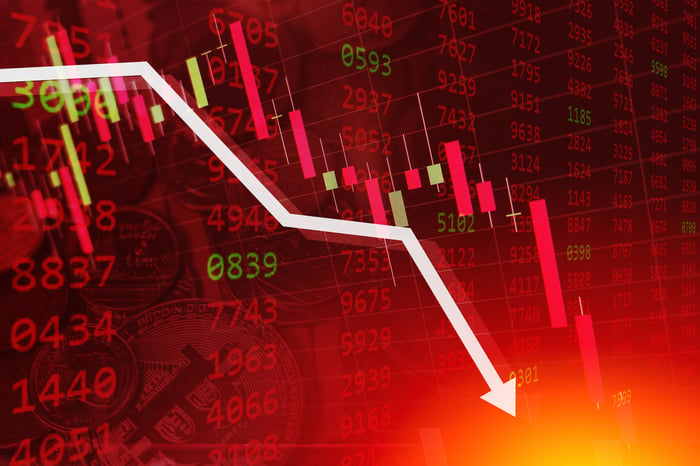What happened
Twitter (TWTR) investors are having a very bad day.
Shares of the social media company had crashed 19.8% by 11 a.m. EDT Friday, despite Twitter reporting third-quarter earnings last night that showed revenue blowing away the consensus ($936.2 million versus $777.2 million), and pro forma earnings of $0.19 per share coming in at triple the expected $0.06.

Image source: Getty Images.
So what
So what's the problem with Twitter? In a word: Users. Or in three words: Weak user growth.
In the second quarter, with the COVID-19 pandemic in full swing and many Americans housebound, Twitter added 20 million new users, reports The Wall Street Journal. Last quarter, analysts thought things might settle down a bit, but still forecast that Twitter would add about 10 million new users. Instead, Twitter reported just 1 million new users added in Q3, its slowest sequential growth rate since late 2017.
Now, this slow growth rate in users didn't hurt Twitter much financially. Sequential growth may not have been great, but Twitter's 187 million "average monetizable daily active users (mDAU)" number grew 29% year over year in Q3. And so, with ad spending back, and more people seeing those ads, Twitter grew its revenue 14% year over year instead of shrinking as Wall Street had forecast.
Net profits, however, declined somewhat, falling from $0.05 a year ago to $0.04 in Q3 2020.
Now what
Twitter sees two main events affecting its business in the fourth quarter: the election, which Twitter fears could disrupt advertising spending, and the holiday season, which could see an influx in ad spending as producers pay to promote events and products. For these reasons, Twitter is more confident about its growth pace after the election is out of the way.
Still, management didn't seem sufficiently confident to give investors any hard and fast guidance on earnings for the year's final quarter, saying only that expenses will rise 20%, including $250 million in capital spending. Management's decision to accent those negatives, without naming any numerical positives to counterbalance them, may be a big part of why Twitter stock is performing so poorly today.





